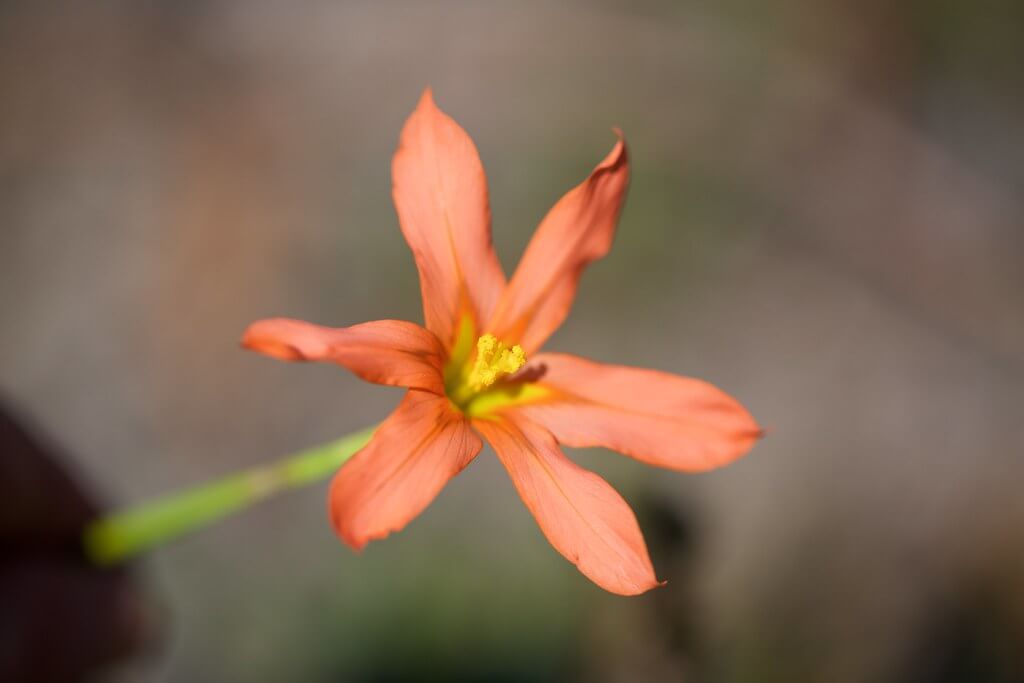Australian Plant Census (2011). Available at: Vascular Plants APNI (biodiversity.org.au).
Australia's Virtual Herbarium (AVH) (2007). Council of Heads of Australian Herbaria (CHAH). Available at: Home - AVH (chah.org.au).
Conn, B.J. (1994) Iridaceae. Pp. 687-716 in Walsh, N.G. and Entwisle, T.J. (Eds.) Flora of Victoria Volume 2. Ferns and Allied Plants, Conifers and Monocotyledons. Melbourne, Inkata Press.
CSIRO Entomology (2007). Biological Control of Cape Tulips.
Department of Primary Industries, Victoria (DPI) (2007) Cape Tulips (Moraea spp.) (Nox). Available at: Cape tulip (one leaf) (Moraea flaccida) (Nox) | VRO | Agriculture Victoria
Funston, P. & Faithfull, I. (1999). One-leaf cape tulip. Landcare Note. Department of Primary Industries, Victoria.
Goldblatt, G. (1981) Systematics and Biology of Homeria (Iridaceae). Annals of the Missouri Botanical Garden 68: 413-503.
Hawkins, C., Kruger, E. & Lloyd, S. (2007). Farm Notes: Cape Tulips. Department of Agriculture and Food, Western Australia.
Hussey, B.M.J, Keighery, G.J., Cousens, R.D., Dodd, J. & Lloyd, S.G. (1997). Western Weeds - A guide to the weeds of Western Australia. Plant Protection Society of Western Australia, Perth.
Muyt, A. (2001), Bush invaders of south-east Australia. a guide to the identification and control of environmental weeds found in south-east Australia, R.G. & F.J. Richardson, Victoria.
Navie S. (2004). Declared Plants of Australia. An identification and information system. Centre for Biological Information Technology: Brisbane. [CD-ROM]
Parsons, W.T. & Cuthbertson, E.C. (1992). Noxious weeds of Australia. CSIRO Publishing.
Weeds Australia (undated). One-Leaf Cape Tulip. Australian Weeds Committee.
Also see:
Animal and Plant Control Commission, South Australia (2000) One-Leaf Cape Tulip.
Hawkins, C., Kruger, E., Pierce, J. & Rayner, B. (2007) Farm Notes: Cape Tulip Control in Pastures. Department of Agriculture and Food, Western Australia.































